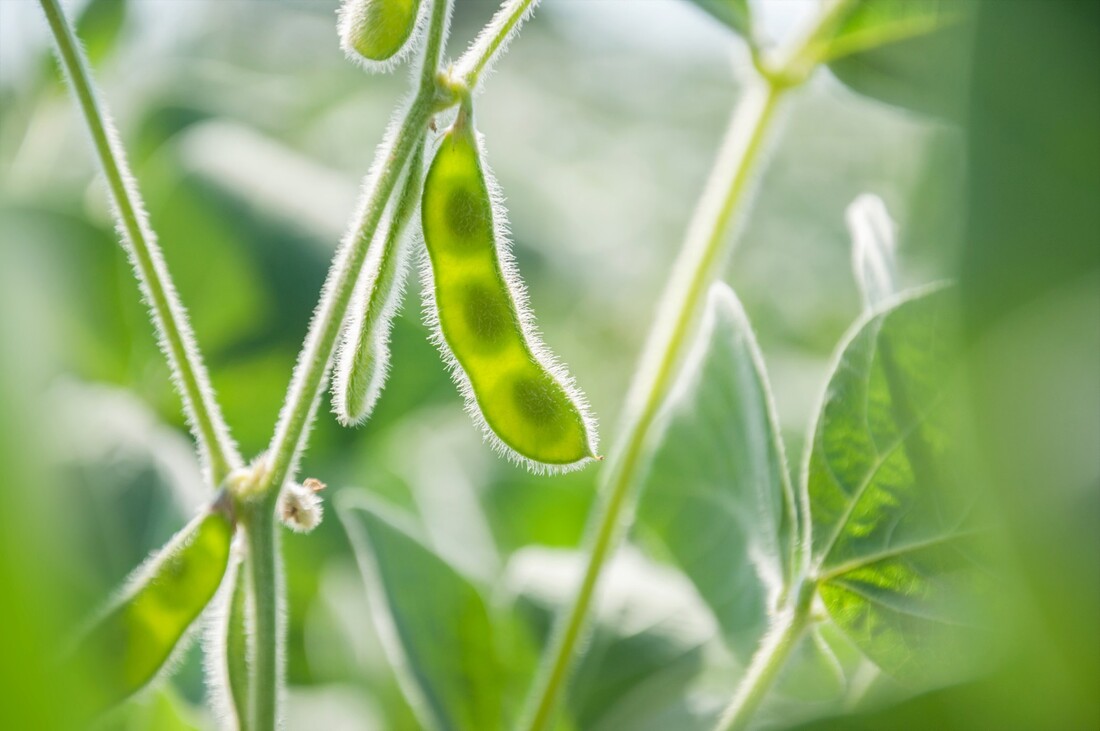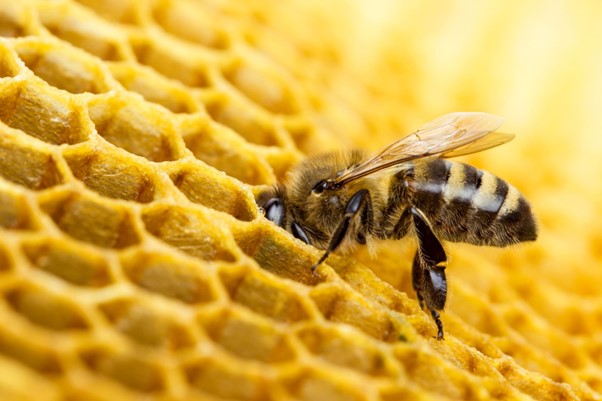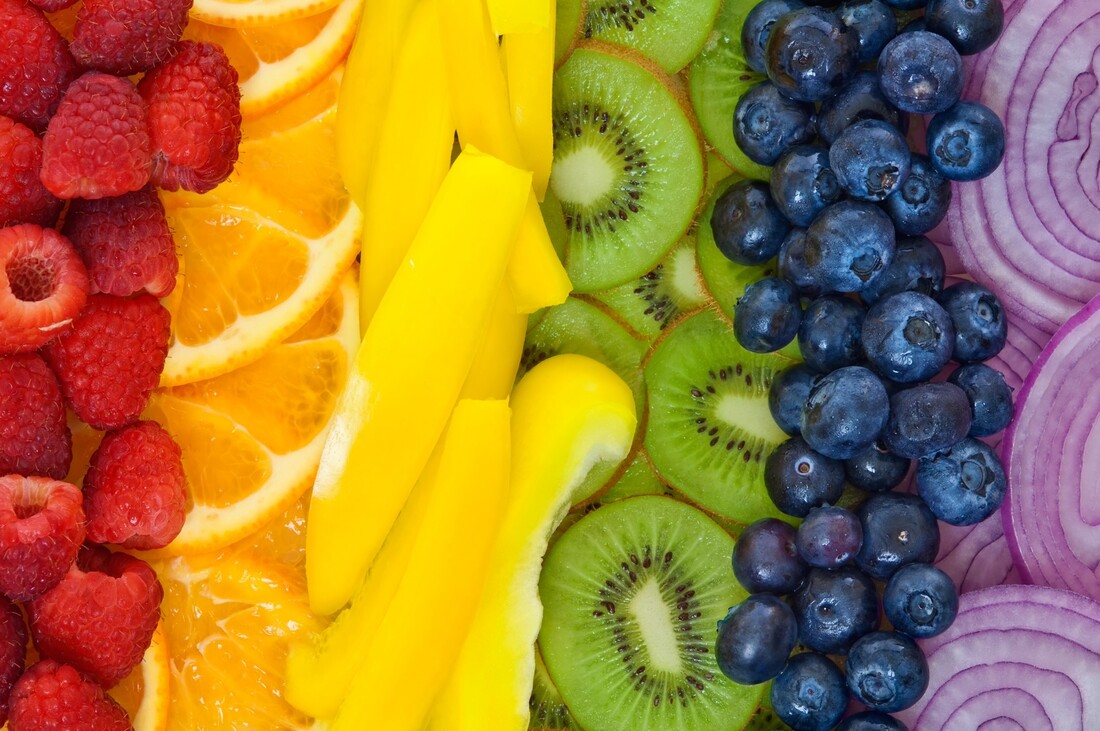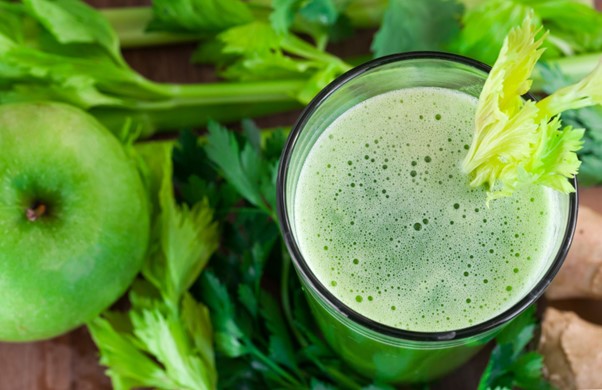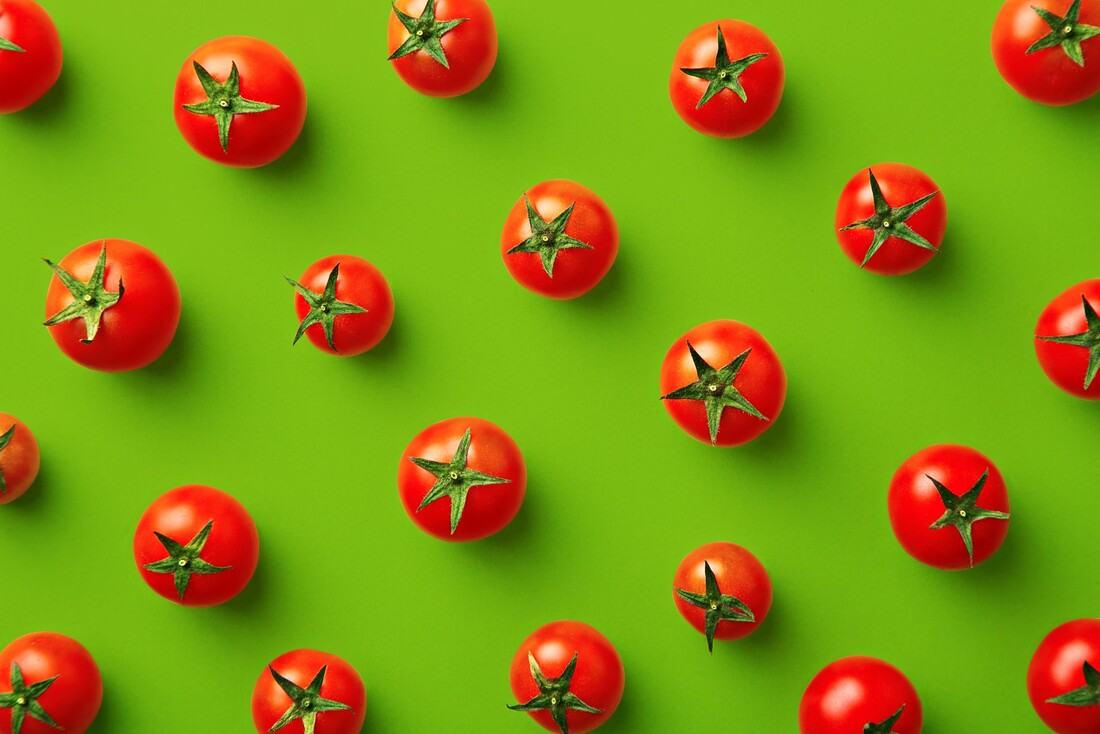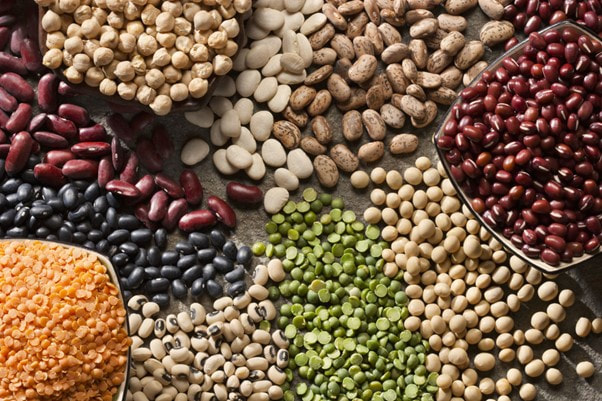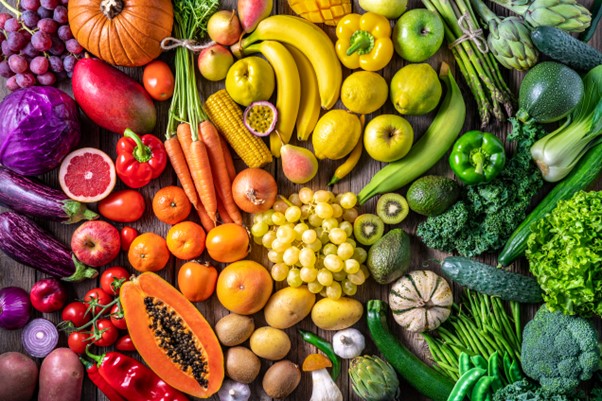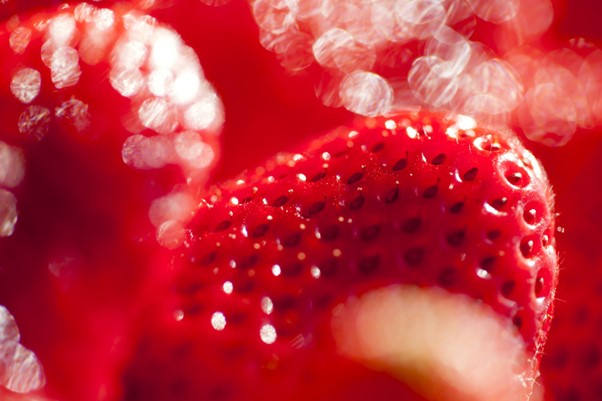Ahara Chikitsa - Food as medicine
This 8 lesson course explores the principles of Ayurveda Ahara Chikitsa, Food as Medicine and shows how to easily put this knowledge into practice for your own wellbeing. It describes how we can eat more wisely for our health by eating in harmony with nature and describes a personalised dietary plan for our individual needs and gets away from the idea that one diet fits all.
This course comes out of our desire to create something that is practical, designed for a predominantly European audience, to show you how you can incorporate the principles of Ayurveda Ahara Chikitsa into your life.
In today’s world advice on food and nutrition is often confusing and ever changing. The wisdom of Ayurveda is as relevant today as it was 3000 years ago, and gives us logical well-proven guidelines as to how to eat for our health and well-being.
The course is equally suitable for someone with prior knowledge of Ayurveda and those to whom this is completely new. So, whether you are a Yoga or Health professional, a cook, a chef, a care worker, an explorer or just curious, this course has something to offer you.
Most of us cook for ourselves and for others whether it is at home or professionally. This course offers a brilliant insight into looking at food and recipes from a fresh perspective. It teaches us about the relationship between food ingredients, taste and digestion, to help you create both culinary and gastronomic masterpieces enabling loved ones or guests to leave the table feeling nourished, balanced and with increased vitality and energy.
Each lesson is about 1 hour in length and the course includes a comprehensive manual taking an in depth view of the lessons that we have covered.
Once you have paid you will be sent a password for each lesson which will enable you to view them as many times as you require
Click on the picture to watch the video for each lesson
Click on the picture to watch the video for each lesson
Lesson 1 - Food as Medicine |
Lesson 2 - Principles of Ayurveda food & Diet |
|
This lesson introduces us to some of the key principles of
Ayurveda and gives us a framework for understanding that food is our medicine or our poison depending on how or what we eat. The Pancha Maha Bhutas (5 elements) – ether, air, fire, water and earth. The Doshas - Vata, Pitta and Kapha in health (Prakriti) and when unbalanced (Vikriti) Modern Nutrition and Ayurveda Supplementary notes: Dosha Questionnaire |
This lesson addresses guidance on how to eat well, including general principles and the importance of eating mindfully
General principles of how to eat well Dietary advice for Prakriti and Vikriti Vata, Pitta and Kapha Dosha metabolism and structuring a diet for each Dosha |
Lesson 3 - How Dosha relates to time & taste |
Lesson 4 Ama |
|
How Doshas relate to the seasons, times of the day and cycle of life
Satmya - our predisposition to our place of origin The six tastes (Rasa) – sweet, sour, salt, pungent, bitter and astringent and how they relate to each Creating a single dish incorporating all tastes Creating a meal incorporating all tastes Vipaka |
This lesson addresses the subject of Ama, toxic substances in the gut that we are unable to absorb, assimilate or eliminate
Ama and Agni Signs that Ama is present Pachana Anti-Ama diet Digestive tea recipe Kitchari recipe Intestinal permeability or leaky gut Kitchari recipe |
Lesson 5 Agni |
Lesson 6 A more detailed look at food |
|
This lesson looks at Agni, our digestive fire and our ability to digest food and how we can improve this
The digestive process from an Ayurvedic perspective Main types of Agni Balanced and imbalanced Agni Practical ways to improve Agni Bone broth recipe Ghee recipe Malas – the waste material of the body Microbiome |
This lesson looks at the fact that we should consider food as information
as it has the power to change how we look, feel, think and perform The Gunas and food Doshas and their Gunas Attributes of the Pancha Maha Bhutas or elements as seen in food Additional information on the different food types and their Gunas Oils and Fats, fish, meat, sweeteners Culinary herbs and spices |
Lesson 7 Sattva, Rajas & TamasThis lesson looks at Sattva, Rajas and Tamas in relation to our psychology and the food we eat
Sattva - the quality of purity Rajas – the quality of action and disturbance in the mind Tamas – the quality of inertia and darkness in the mind Foods that promote Sattva, Rajas and Tamas Guidelines on Fasting |
Lesson 8 Putting it all togetherThis lesson is a synthesis of all the lessons and shows us ways to use this classical Ayurveda knowledge in a practical way to cook and eat, and includes:
The meal experience Ayurveda Prakriti diet Antidoting Using the Gunas to adapt menus How to adapt recipes for healthy eating Sattvic cooking |

